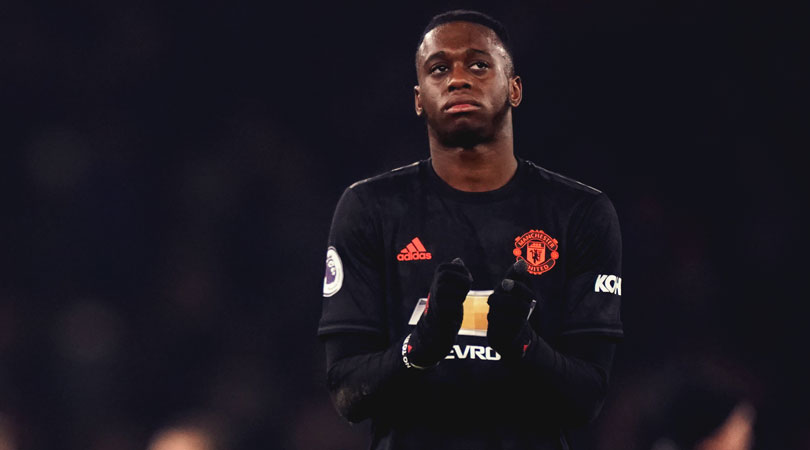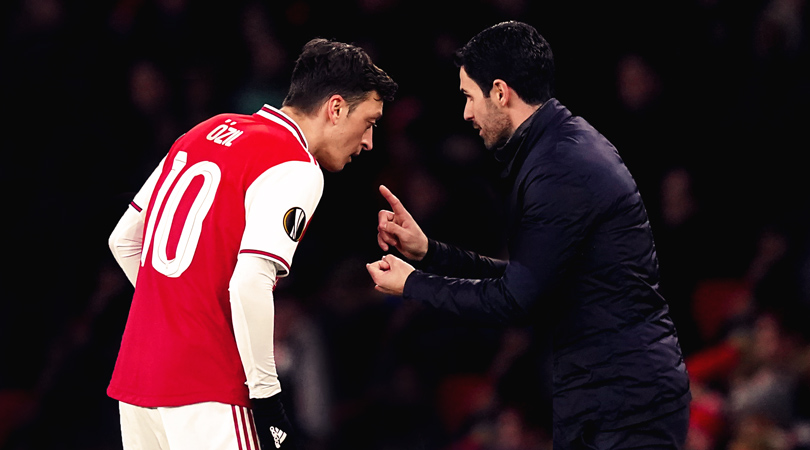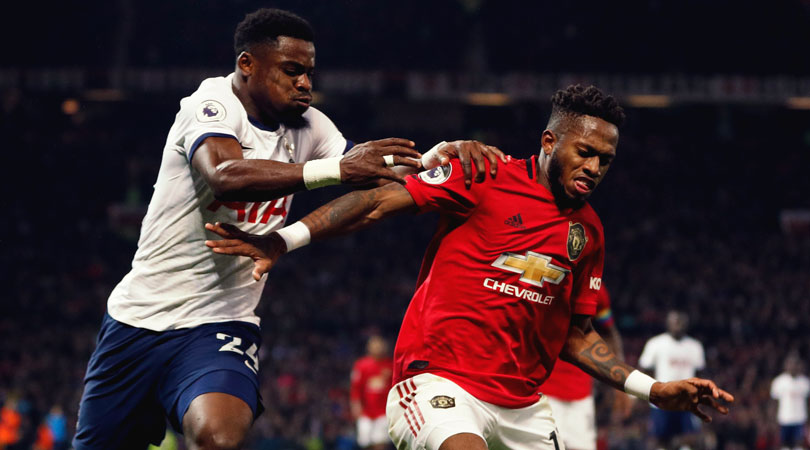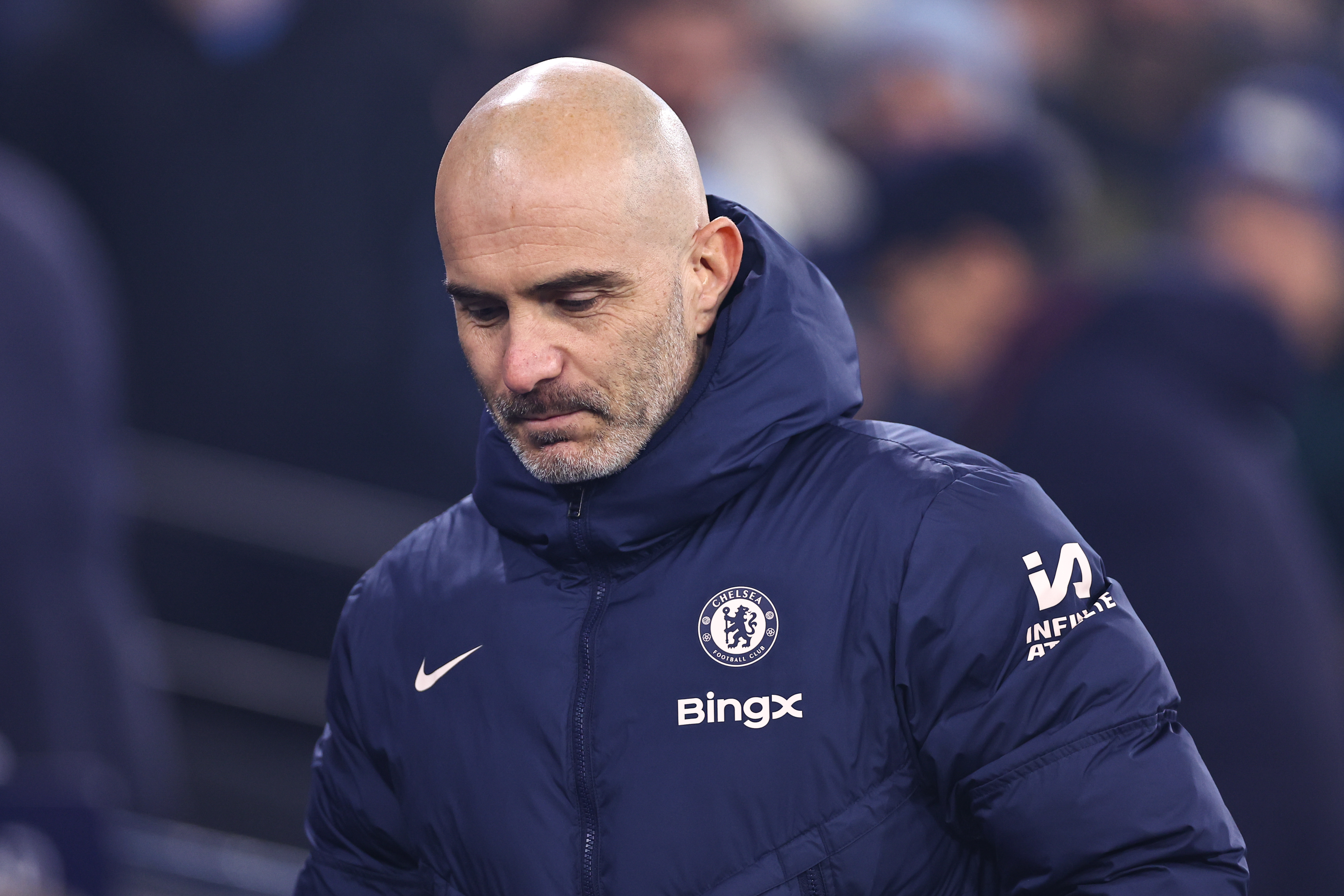How Aaron Wan-Bissaka is fast becoming a complete full-back at Manchester United
Manchester United's 22-year-old right-back Wan-Bissaka is coming on leaps and bounds - at both ends of the pitch

The season paused at exactly the wrong moment for Aaron Wan-Bissaka.
Manchester United’s last game in the Premier League was their 2-0 derby victory over Manchester City and it was his best performance of the season. The highlight image of that afternoon may well have been Scott McTominay sliding on his knees, after the skies had opened above Old Trafford and his late, long-range clincher had skipped into the net, but the bigger story was Wan-Bissaka’s duel against Raheem Sterling.
He won it comprehensively; Sterling did nothing in that game. He arrived into it in fallow form, but he was locked out of the match entirely. In the NFL, they talk about shutdown corners snaring wide-receivers and vanishing them from a contest and, adjusted for football’s parameters, that was the dynamic of Wan-Bissaka against Sterling.
He’s actually a very watchable defender. When a player takes him on, you can see him locking into the duel mentally. His body adopts that slightly crouched position, his concentration is palpable and then, at exactly the right moment and with perfect timing, one of his legs will jut out, jolting the ball loose.
One of his more subtle attributes is that he seems to have a sense for when possession is there to be stolen; he’s at ease with his technique in a way which means that he doesn’t rush his tackles, waiting instead for the ball-carrier to become vulnerable and chance to present itself.
It’s a game within a game. Once you notice it for the first time, you won’t be able to stop watching. Yes, footballing artistry is generally associated with creation and goalscoring and flair, but it’s hard not to admire Wan-Bissaka’s craft. One-on-one, without the ball, he really is sensationally good.

ANALYSIS Building a cathedral: Why Mikel Arteta is right to keep picking underperforming Arsenal players
But that’s common knowledge. The assessment of Wan-Bissaka when he departed Crystal Palace was that he was an imbalanced player – a brilliant defender, but of minimal value with the ball at his feet and of significantly less use in the attacking half of the pitch. Those ratios have changed, though, and – quietly – that’s been one of the understated successes of Manchester United’s season.
Get FourFourTwo Newsletter
The best features, fun and footballing quizzes, straight to your inbox every week.
Statistically, Wan-Bissaka is performing at almost exactly the same level as he was in 2018/19. His averages for dribbles attempted are nearly identical and he’s only one good ball or cross away from matching his assist tally for last year. Where there does appear to be a difference, however, is in his attitude: Wan-Bissaka is a bolder player now, more expressive with the ball and certainly more convinced by his own abilities.
There are two ways in which that shows. Firstly, in how he extricates himself from trouble. One of his familiar sequences is to be pressed deep in his own half, sometimes up against the touchline or corner flag, but to then sneak or smuggle the ball past those opponents and away, up the pitch.
It may not seem particularly significant, but it shows an increasingly cultured player. In those situations, many full-backs or wing-backs would try to buy a cheap throw-in, or simply play the averages and hack a clearance away from danger. He generally doesn’t, though, which speaks to not only how well he protects the ball, but also how good his close control is.
The second, more obvious tell is what he does around the attacking-third. At the moment that isn’t described by anything tangible – his numbers remain quite modest – but it shows in the little chops and cuts which now punctuate his play with more consistency and in how, instead of just being part of the ball’s circulation, he appears happier taking risks in an attempt to affect the game.
A few weeks before the Manchester City game, he produced a stunning bit of play to create that goal for Anthony Martial at Stamford Bridge. The quality of the cross was obviously exemplary, but everything leading up to that was just as impressive.
Watch all of the best bits from our third victory over Chelsea this season 🍿#MUFC #CHEMUN pic.twitter.com/TNXDQzJpjgFebruary 18, 2020
First: the vision. Wan-Bissaka began that move with a one-two with Fred, giving a pass which invited a return, before moving into the space created. Second: the double drag-back, which twisted Willian up into a knot and opened up the crossing angle.
If a winger produces that bit of play, or even a full-back with a more established attacking reputation, it probably doesn’t register in quite the same way. But when the best defensive right-back in the league does it, challenging the presumption that he’s of little offensive worth, it seems significant. Particularly as, in this case, it can be paired with all sorts of other attacking fragments shown throughout the season.
It didn’t lead to a goal, but he produced something similar against Arsenal, at the Emirates. And against Everton at Old Trafford. And against Newcastle, again at home, setting up Marcus Rashford to score with a back-post header. It’s not just the cross and it’s not just the shimmer of skill; in each instance, it’s the capacity to do both – to affect the game by means other than just running into space or completing another player’s work.
Wan-Bissaka showed many of these same abilities at Palace and to deny that would be to devalue his contribution at Selhurst Park. But it’s the regularity of their appearance which is different now and which, as time goes on, not only describes his own private development, but also the unseen processes at Manchester United which, on this evidence, are more nourishing than assumed.
While you're here, why not subscribe to the mag - for just £20, you can get six months of the world's finest football magazine with a FREE Juice Power Bank (worth £29.95)
NOW READ...
LIST The 100 greatest football managers of all time
GUIDE Premier League live stream best VPN: how to watch every game from anywhere in the world
Seb Stafford-Bloor is a football writer at Tifo Football and member of the Football Writers' Association. He was formerly a regularly columnist for the FourFourTwo website, covering all aspects of the game, including tactical analysis, reaction pieces, longer-term trends and critiquing the increasingly shady business of football's financial side and authorities' decision-making.

